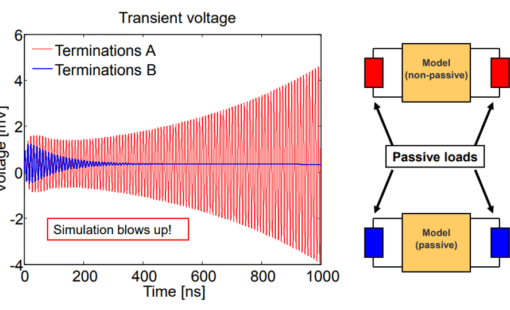
- Blog
Learn the history of S-parameters/Touchstone, its advantages and disadvantages, and how to use an automated tool to overcome common challenges in your PCB design.
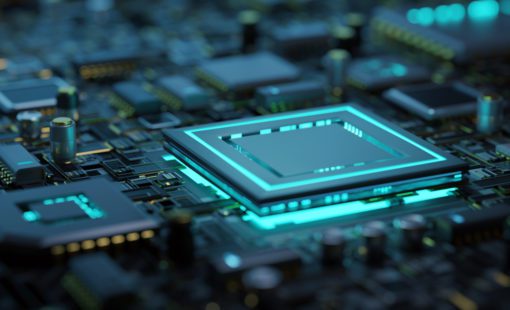
- Blog
We've all heard of PCB design constraints. They're those little things that limit our ability to create the perfect board in very short periods of time. But what exactly are they? And why do they matter? This blog post elaborates on PCB constraints and why they should drive your design flow.

- Blog
Zuken is taking its Simulation and Analysis Performance to the next level by introducing a new processing technology to its PI/EMI analysis tool. Multi-threading will speed up PI analysis which will give PCB designers a boost in productivity, especially when evaluating different design alternatives for PDN structures.
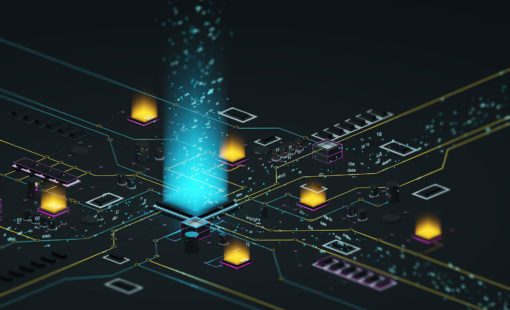
- Blog
A trend towards low power design prevails in the electronics industry today and is not likely to change in the near future. This development is driven by many reasons but primarily by the performance and storage density demands of mobile devices, where a reduction of the power consumption is crucial to extending battery life without sacrificing the bandwidth. This comprehensive guide helps you mitigate LPDDR4 Design.

- Blog
For many years, the layout of a printed circuit board in 2D was sufficient for most mainstream technologies. Today, however, product developers in the electronics industry are facing new challenges, triggered by megatrends such as the Internet of Things. Can today's CAD tools deliver on today's advanced requirements and harness the power of new technologies?
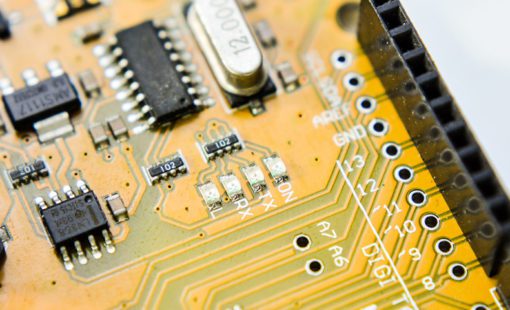
- Blog
Back drilled vias: Save cost on buried vias and control cross talk.
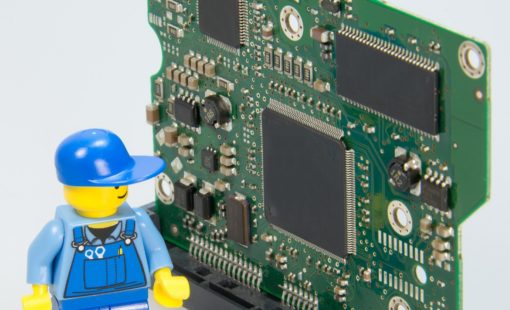
- Blog
Checking for potential electromechanical collisions is usually done more in the mechanical design environment. However, shifting the check to the electrical side during component placement can help create a more robust product. For multi-board PCB design, there are several built-in checks in Design Force that validate the design for collision and clearance requirements.

- Blog
It is that time of year again, it’s the spooky season. This means the leaves are changing, for some of us. The smell of autumn and pumpkin spice is in the air. Halloween decorations are out and ready for trick-or-treaters. Also, this year’s Zuken Halloween Tips and Treats are here! This year we have five new hauntingly good Halloween tips and treats for you. No spells or potions are required. However, viewers beware these tech-tip videos are full of surprises. Happy Halloween!
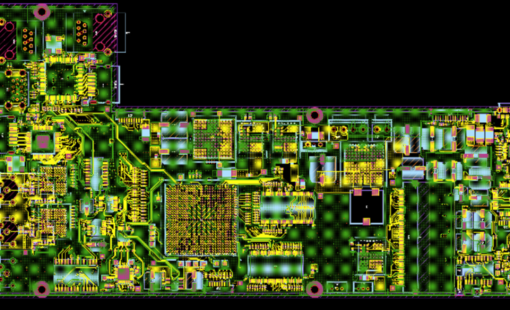
- Blog
What do you do if your next project is high speed, with exceptionally stringent EMI requirements, and has to be complete in less time than you’ve ever developed a product before? When the Ontec team found themselves facing that predicament, they turned to Zuken. Why?
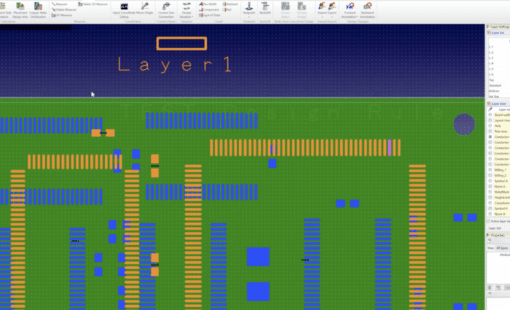
- Blog
Board design rule checks only check up to the board outline. If you had dropped or moved some data outside the board outline there was no check for this until now...
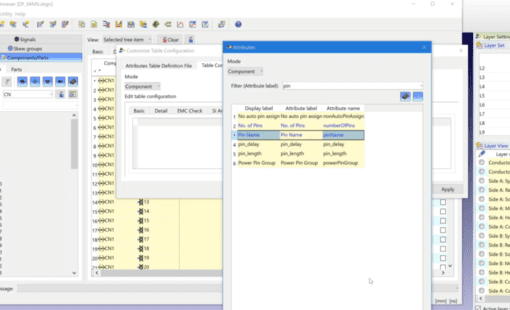
- Blog
Checking the pinout of your connectors is an important part of creating your printed circuit board. Checking your pin connections can save you from a costly re-spin of your circuit board. This can be done using the Constraint Browser in Design Force. By default, the Constraint Browser does not show this information.
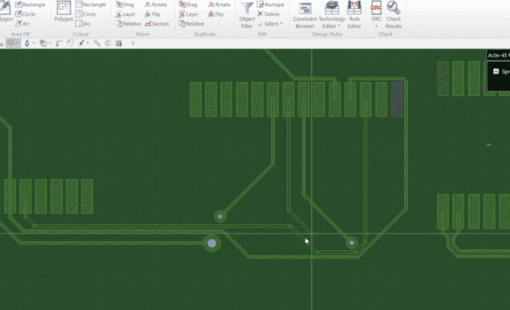
- Blog
A function that pushes tracks away and avoids obstacles when a via is moved has been added. This is a great advantage for the designer when routing. What use to take a lot of time to move traces and vias to move a via to a new location has been greatly enhanced using the “Activ-45 Router”.
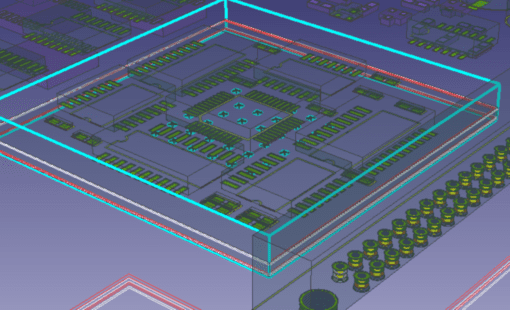
- Blog
The benefits of developing all boards of a system concurrently on a single CAD canvas. Stacking PCBs, as opposed to connecting with cables, in multi-board design is a current and highly popular trend, as manufacturing costs are reduced and reliability improved.
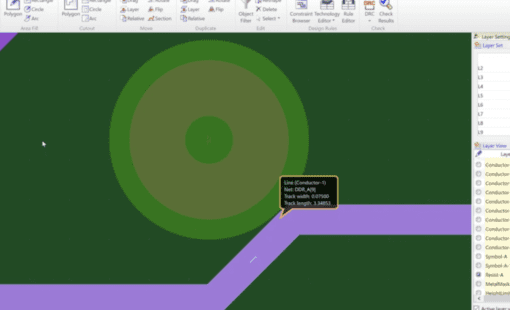
- Blog
When design space is at a premium, sometimes traces can be at risk of being exposed by any misregistration of the solder mask. If you have this situation use the “Cut Land” option under the Track tab in Design Force.
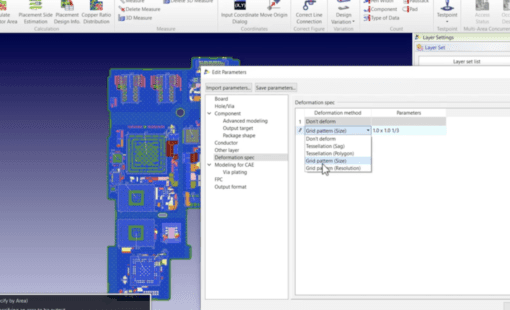
- Blog
This video demonstrates how you can export a STEP file from CR-8000 Design Force including automatically editing your package shape and deformation spec to reduce heat transfer and fluid flow simulation time in ANSYS Icepak.
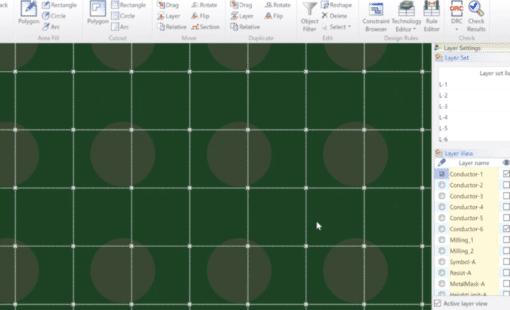
- Blog
Offsetting your Grid can be very useful when your component pads do not fall on the current Grid.